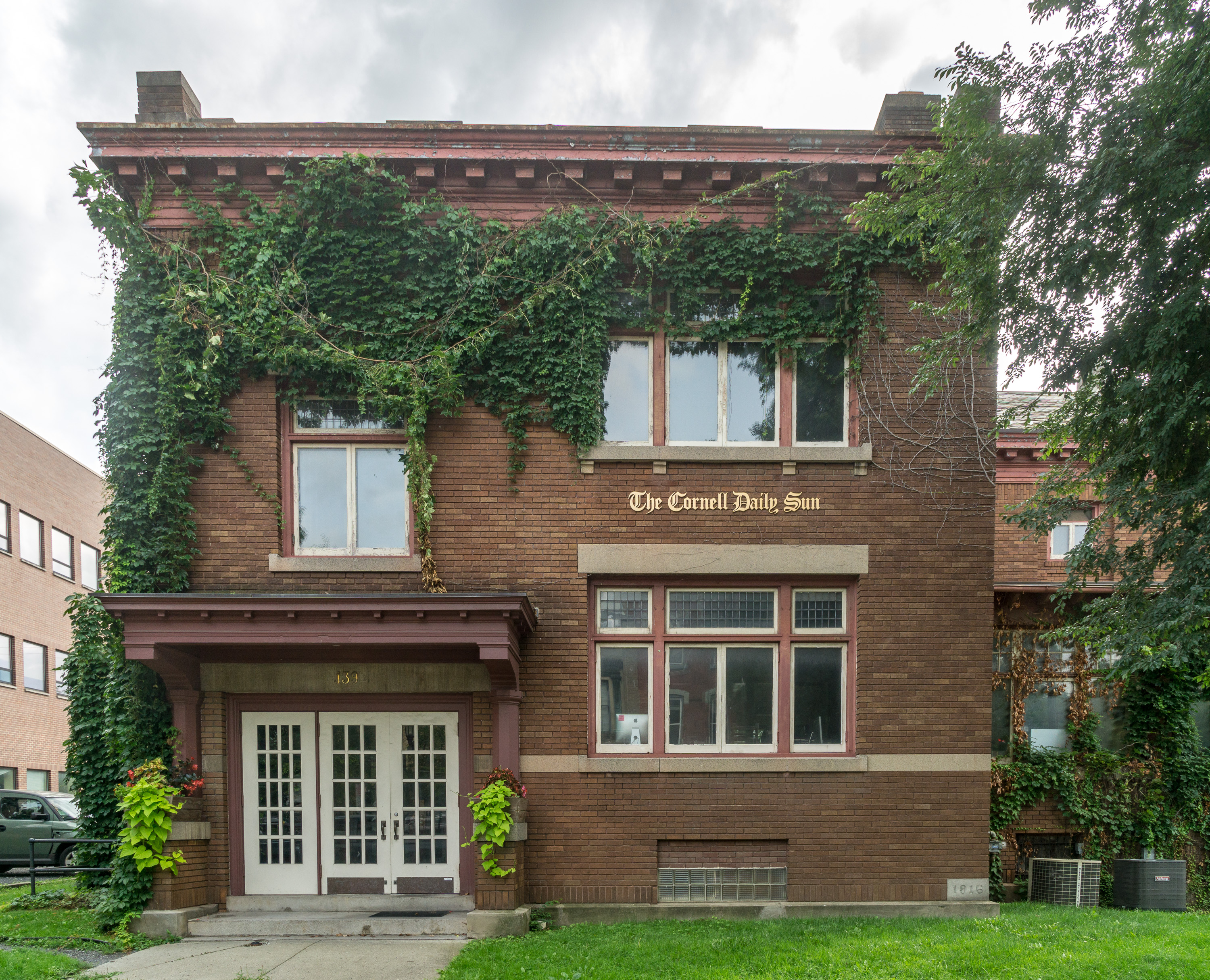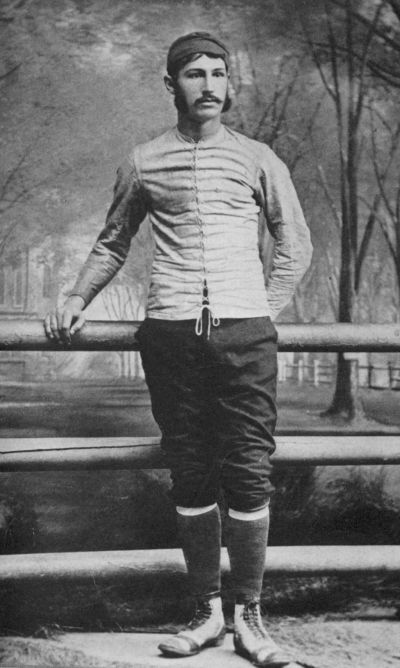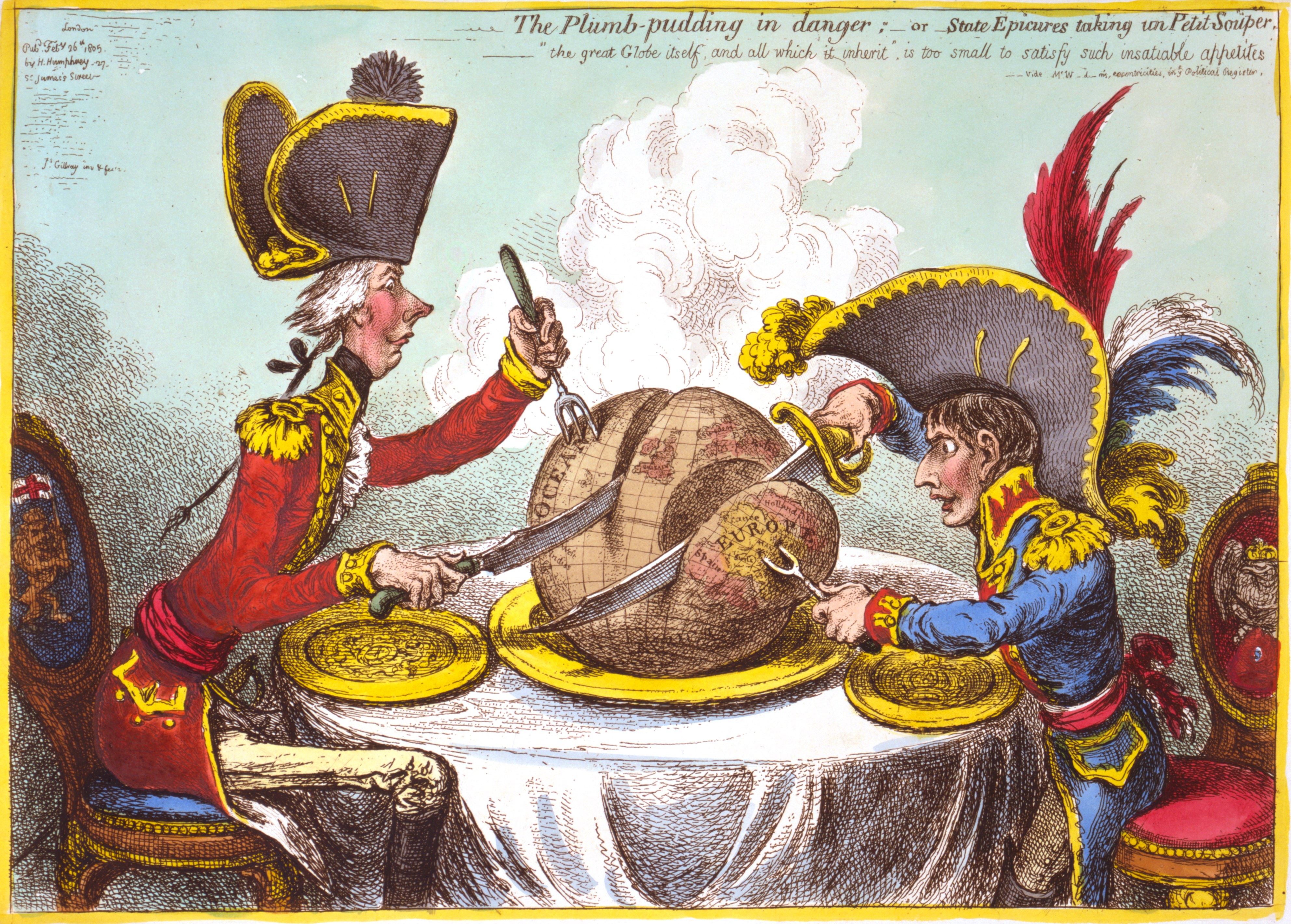|
The Technique
The ''Technique'', also known as the "''Nique''", is the official student newspaper of the Georgia Institute of Technology in Atlanta, Georgia, and has referred to itself as "the South's liveliest college newspaper" since 1945. As of the fall semester of 2011, the ''Technique'' has a weekly circulation of 10,000, distributed to numerous locations on the Georgia Tech campus and a handful of locations in the surrounding area. The first issue of the ''Technique'' was published on November 17, 1911, and the paper has printed continuously since its founding. The paper publishes weekly throughout the regular school year and primarily covers news, events and issues specific to the Georgia Tech community. In 2004 it was one of 25 collegiate newspapers to receive the Pacemaker award from the Associated Collegiate Press. History A publication known as ''The Georgia Tech'' was the Georgia Institute of Technology's (also known as ''Georgia Tech'') first student newspaper. It was establi ... [...More Info...] [...Related Items...] OR: [Wikipedia] [Google] [Baidu] |
Student Newspaper
A student publication is a media outlet such as a newspaper, magazine, television show, or radio station Graduate student journal, produced by students at an educational institution. These publications typically cover local and school-related news, but they may also report on national or international news as well. Most student publications are either part of a curricular class or run as an extracurricular activity. Student publications serve as both a platform for community discussion and a place for those interested in journalism to develop their skills. These publications report news, publish opinions of students and faculty, and may run advertisements catered to the student body. Besides these purposes, student publications also serve as a watchdog to uncover problems at the respective institution. The majority of student publications are funded through their educational institution. Some funds may be generated through sales and advertisements, but the majority usually comes f ... [...More Info...] [...Related Items...] OR: [Wikipedia] [Google] [Baidu] |
Video Game
A video game or computer game is an electronic game that involves interaction with a user interface or input device (such as a joystick, game controller, controller, computer keyboard, keyboard, or motion sensing device) to generate visual feedback from a display device, most commonly shown in a video format on a television set, computer monitor, flat-panel display or touchscreen on handheld devices, or a virtual reality headset. Most modern video games are audiovisual, with Sound, audio complement delivered through loudspeaker, speakers or headphones, and sometimes also with other types of sensory feedback (e.g., haptic technology that provides Touch, tactile sensations). Some video games also allow microphone and webcam inputs for voice chat in online gaming, in-game chatting and video game livestreaming, livestreaming. Video games are typically categorized according to their hardware platform, which traditionally includes arcade video games, console games, and PC game, comp ... [...More Info...] [...Related Items...] OR: [Wikipedia] [Google] [Baidu] |
Parking
Parking is the act of stopping and disengaging a vehicle and usually leaving it unoccupied. Parking on one or both sides of a road is often permitted, though sometimes with restrictions. Some buildings have parking facilities for use of the buildings' users. Countries and local governments have rules for design and use of parking spaces. Car parking is essential to car-based travel. Cars are typically stationary around 95 per cent of the time. The availability and price of car parking may support car dependency. Significant amounts of urban land are devoted to car parking; in many North American city centers, half or more of all land is devoted to car parking. Parking facilities Parking facilities can be divided into public parking and private parking. * Public parking is managed by local government authorities and available for all members of the public to drive to and park in. * Private parking is owned by a private entity. It may be available for use by the pub ... [...More Info...] [...Related Items...] OR: [Wikipedia] [Google] [Baidu] |
Virtuoso
A virtuoso (from Italian ''virtuoso'', or ; Late Latin ''virtuosus''; Latin ''virtus''; 'virtue', 'excellence' or 'skill') is an individual who possesses outstanding talent and technical ability in a particular art or field such as fine arts, music, singing, playing a musical instrument, or composition. Meaning This word also refers to a person who has cultivated appreciation of artistic excellence, either as a connoisseur or Collecting, collector. The plural of ''virtuoso'' is either ''virtuosi'' or the Anglicisation ''virtuosos'', and the feminine forms are ''virtuosa'' and ''virtuose''. According to ''Music in the Western World'' by Piero Weiss and Richard Taruskin: ..."A virtuoso was, originally, a highly accomplished musician, but by the nineteenth century the term had become restricted to performers, both vocal and instrumental, whose technical accomplishments were so pronounced as to dazzle the public." The defining element of virtuosity is the performance ability of ... [...More Info...] [...Related Items...] OR: [Wikipedia] [Google] [Baidu] |
April Fool's Day
April Fools' Day or April Fool's Day (rarely called All Fools' Day) is an annual custom on the 1st of April consisting of practical jokes, hoaxes, and pranks. Jokesters often expose their actions by shouting "April Fool " at the recipient. Mass media can be involved with these pranks, which may be revealed as such the following day. The custom of setting aside a day for playing harmless pranks upon one's neighbor has been relatively common in the world historically. Origins Although many theories have been proposed throughout the years, the origin of April Fools' Day is not exactly known. A disputed association between 1 April and foolishness is in Geoffrey Chaucer's ''The Canterbury Tales'' (1392). In the " Nun's Priest's Tale", a vain cock, Chauntecleer, is tricked by a fox "Since March began, full thirty days and two," i.e. the 32nd day from 1 March, which is 1 April. However, it is not clear that Chaucer was referencing 1 April since the text of the "Nun's Priest's Tale" a ... [...More Info...] [...Related Items...] OR: [Wikipedia] [Google] [Baidu] |
Sanford Stadium
Dooley Field at Sanford Stadium is the on-campus playing venue for football at the University of Georgia in Athens, Georgia, United States (also known as UGA). The 93,033-seat stadium is the ninth-largest American football stadium in the NCAA (and in the United States), and the 17th-largest such stadium in the world. Games played there are said to be played "between the hedges" due to the field being surrounded by privet hedges, which have been a part of the design of the stadium since it opened in 1929. The current generation of hedges were planted in 2024 (Completed on May 4, 2024, as an NIL fundraising event.) after the originals were taken out to accommodate the soccer tournaments for the 1996 Summer Olympics. The stadium is often considered one of college football's "best, loudest, and most intimidating atmospheres". Whereas many college football stadiums have artificial playing surfaces, Sanford Stadium from the outset had, and continues to have, a natural grass surfa ... [...More Info...] [...Related Items...] OR: [Wikipedia] [Google] [Baidu] |
American Football
American football, referred to simply as football in the United States and Canada and also known as gridiron football, is a team sport played by two teams of eleven players on a rectangular American football field, field with goalposts at each end. The offense (sports), offense, the team with possession of the oval-shaped Ball (gridiron football), football, attempts to advance down the field by Rush (gridiron football), running with the ball or Forward pass#Gridiron football, throwing it, while the Defense (sports), defense, the team without possession of the ball, aims to stop the offense's advance and to take control of the ball for themselves. The offense must advance the ball at least ten yard, yards in four Down (gridiron football), downs or plays; if they fail, they turnover on downs, turn over the football to the defense, but if they succeed, they are given a new set of four downs to continue the Glossary of American football#drive, drive. Points are scored primarily b ... [...More Info...] [...Related Items...] OR: [Wikipedia] [Google] [Baidu] |
Clean, Old-Fashioned Hate
Clean, Old-Fashioned Hate is the name given to the Georgia–Georgia Tech football rivalry. It is an American college football rivalry between the Georgia Bulldogs and Georgia Tech Yellow Jackets. The two Southern universities are located in the U.S. state of Georgia and are separated by . They have been heated rivals since 1893. The sports rivalry between the two institutions has traditionally focused on football, a sport in which both programs have historically been successful, with an annual game often held on Thanksgiving weekend. However, they compete in a variety of other intercollegiate sports, as well as competing for government and private funding, potential students, and academic recognition regionally and nationally. The University of Georgia (commonly referred to as UGA, or Georgia) is located in the college town of Athens, and is a liberal arts research university. The Georgia Institute of Technology (commonly referred to as Georgia Tech, Tech, or GT) is a science ... [...More Info...] [...Related Items...] OR: [Wikipedia] [Google] [Baidu] |
The Red And Black
''The Red & Black'' is an independent weekly student newspaper serving the University of Georgia (UGA), updated daily on its website. History Students published its first issue in tabloid format on November 24, 1893, from offices in the Academic Building on North Campus. In the spring of 1895, the UGA faculty ordered that publication of the paper be discontinued; however, students revived the paper that fall as an independent venture with no oversight by the University. The private venture's success that Fall upset the faculty, and they took back control in January 1896 with the Athletic Association in charge of overseeing the paper. Published weekly, ''The Red & Black'' was the official organ of the Athletic Council from 1896 to 1928. The paper advertised athletic competitions and reported on the culture of the University. In 1928, the paper's administration moved under the Grady College of Journalism and Mass Communication as a laboratory for its students. It was being pu ... [...More Info...] [...Related Items...] OR: [Wikipedia] [Google] [Baidu] |
Letter To The Editor
A letter to the editor (LTE) is a Letter (message), letter sent to a publication about an issue of concern to the reader. Usually, such letters are intended for publication. In many publications, letters to the editor may be sent either through Mail, conventional mail or electronic mail. Letters to the editor are most frequently associated with newspapers and news magazines, however, they are sometimes published in other periodicals such as entertainment and technical magazines and #Academic, academic journals. Radio station, Radio and television station, television stations may also receive such letters, which are sometimes read on the air, particularly on news commentary broadcasts or on talk radio. In this presentation form the letter to the editor can also be described as viewer mail or listener mail, depending on the medium. Subject matter The subject matter of letters to the editor vary widely. However, the most common topics include: * Supporting or opposing a stance take ... [...More Info...] [...Related Items...] OR: [Wikipedia] [Google] [Baidu] |
Op-ed
An op-ed, short for "opposite the editorial page," is a type of written prose commonly found in newspapers, magazines, and online publications. They usually represent a writer's strong and focused opinion on an issue of relevance to a targeted audience. Typically ranging from 500 to 700 words, op-eds are distinct from articles written by the publication's editorial board and often feature the opinions of outside contributors. Op-eds allow authors, not part of the publication's editorial team, to express opinions, perspectives, and arguments on various issues of public interest. Unlike traditional editorials, which reflect the opinion of the publication itself, op-eds offer independent voices a foundation to influence public discourse. ''The New York Times'' is widely credited with popularizing the modern op-ed format. Origin The "Page Op.", created in 1921 by Herbert Bayard Swope of '' The New York Evening World,'' is a possible precursor to the modern op-ed. When Swope took ... [...More Info...] [...Related Items...] OR: [Wikipedia] [Google] [Baidu] |
Editorial Cartoon
A political cartoon, also known as an editorial cartoon, is a cartoon graphic with caricatures of public figures, expressing the artist's opinion. An artist who writes and draws such images is known as an editorial cartoonist. They typically combine artistic skill, hyperbole and satire in order to either question authority or draw attention to corruption, political violence and other social ills. Developed in England in the latter part of the 18th century, the political cartoon was pioneered by James Gillray, although his and others in the flourishing English industry were sold as individual prints in print shops. Founded in 1841, the British periodical ''Punch (magazine), Punch'' appropriated the term ''cartoon'' to refer to its political cartoons, which led to the term's widespread use. History Origins The pictorial satire has been credited as the precursor to the political cartoons in England: John J. Richetti, in ''The Cambridge history of English literature, 1660– ... [...More Info...] [...Related Items...] OR: [Wikipedia] [Google] [Baidu] |







